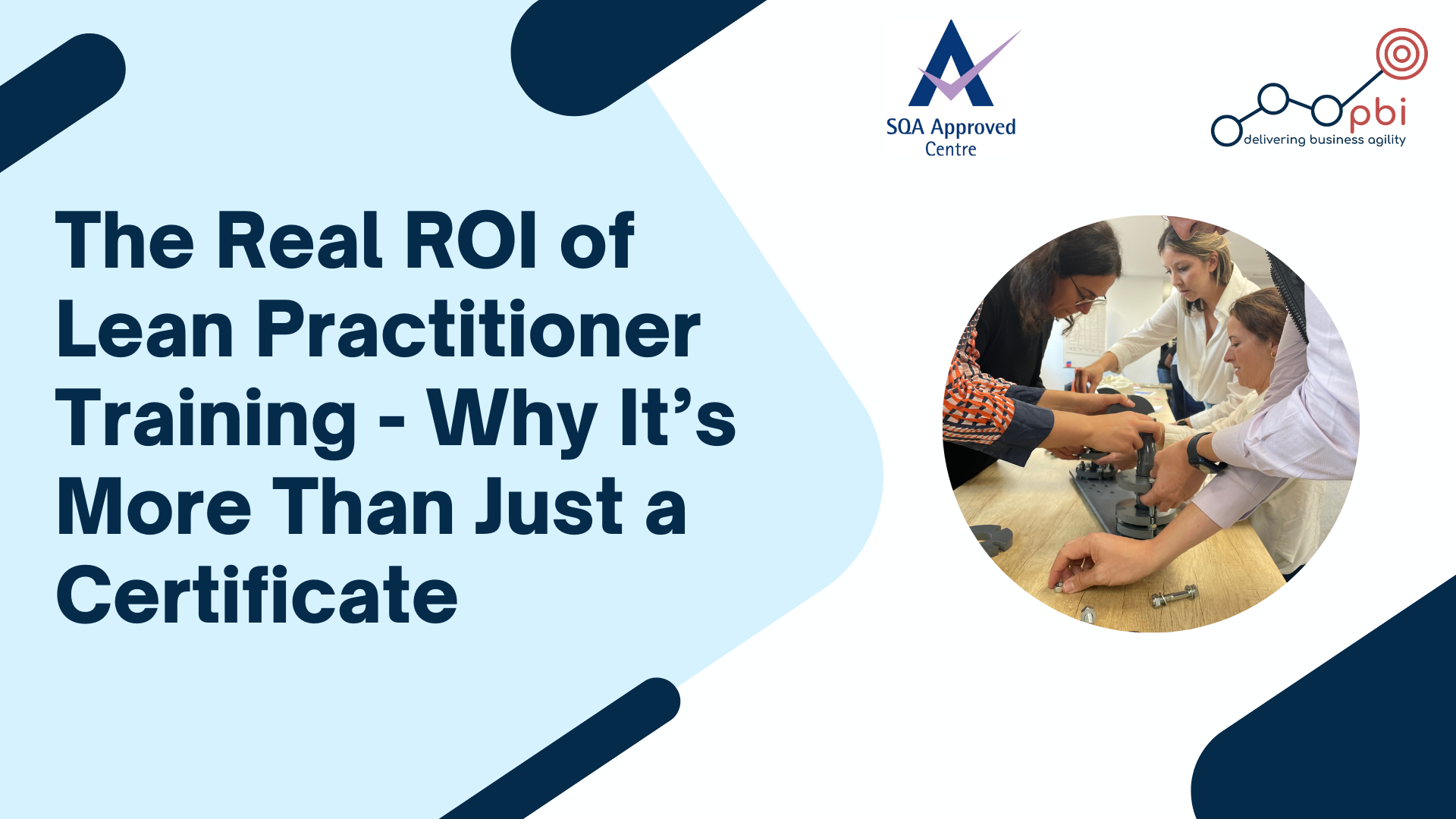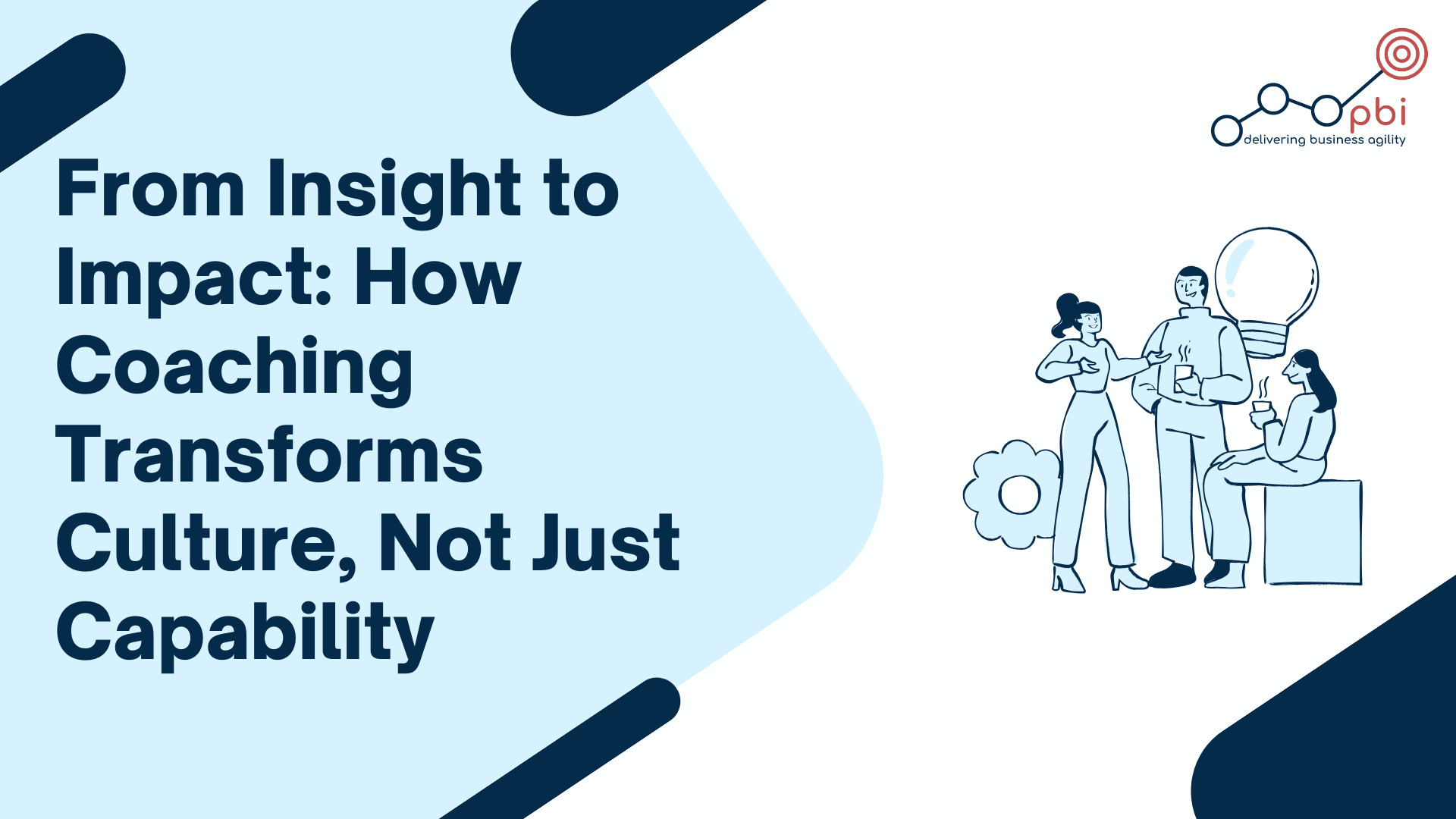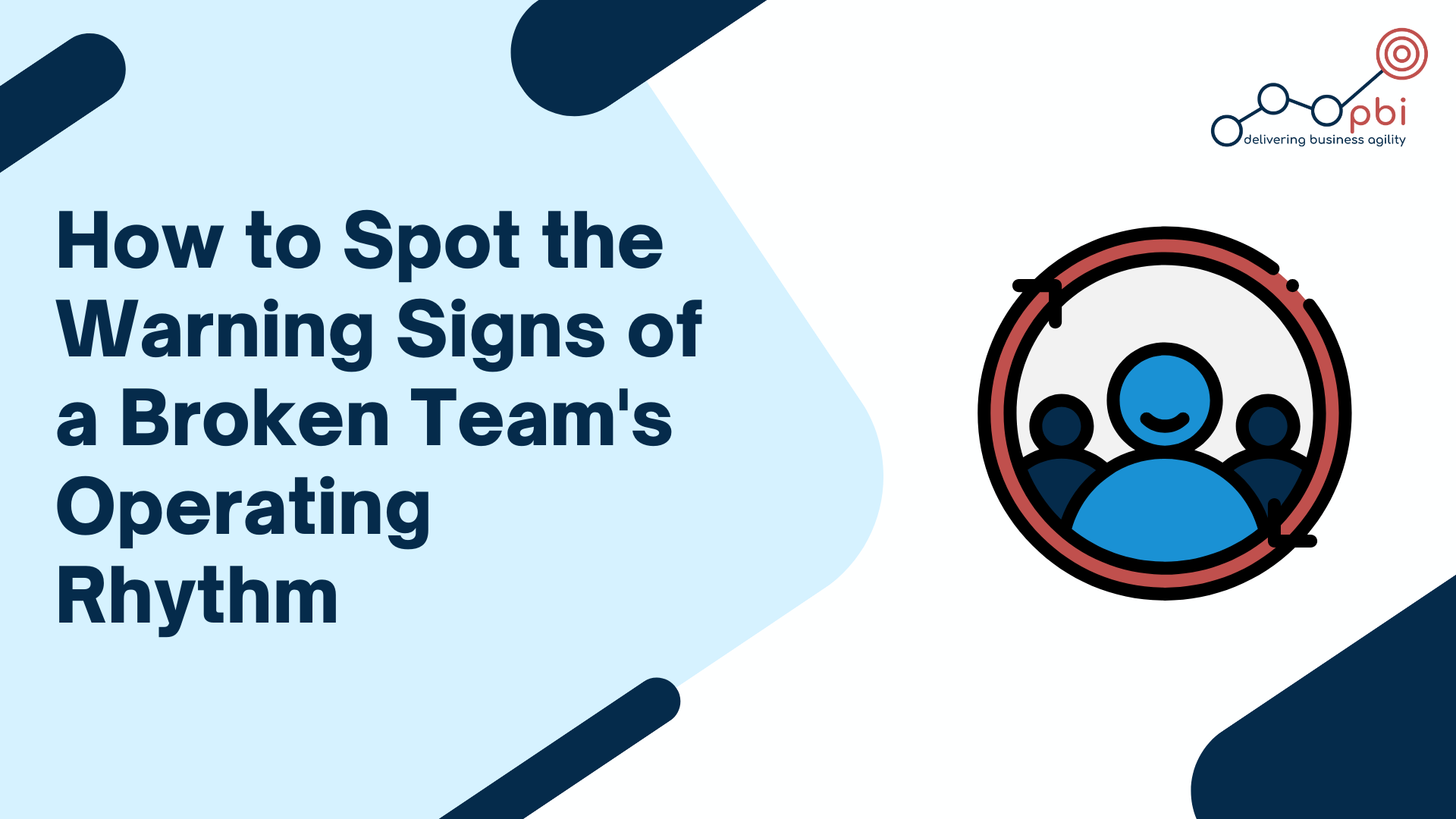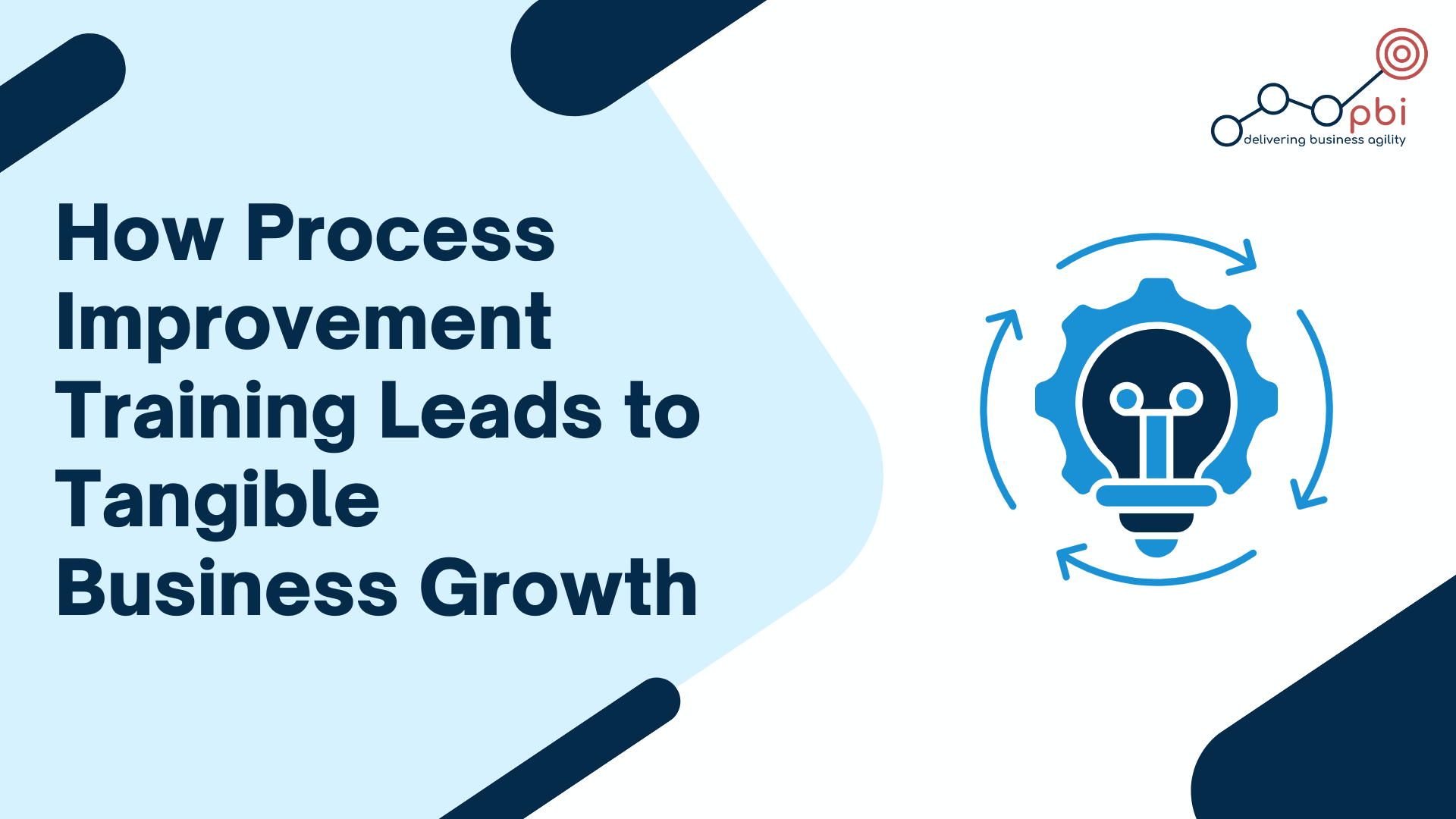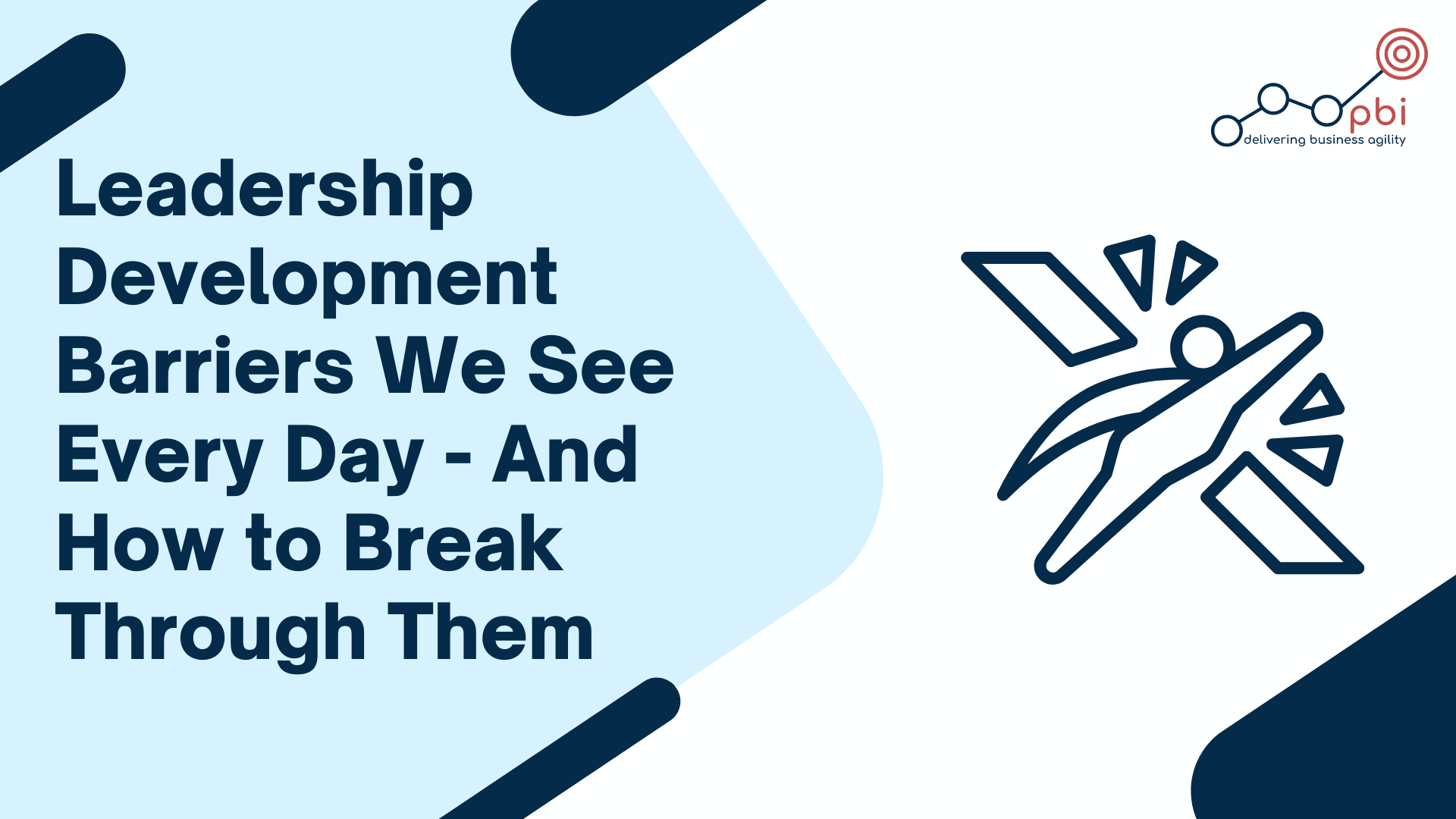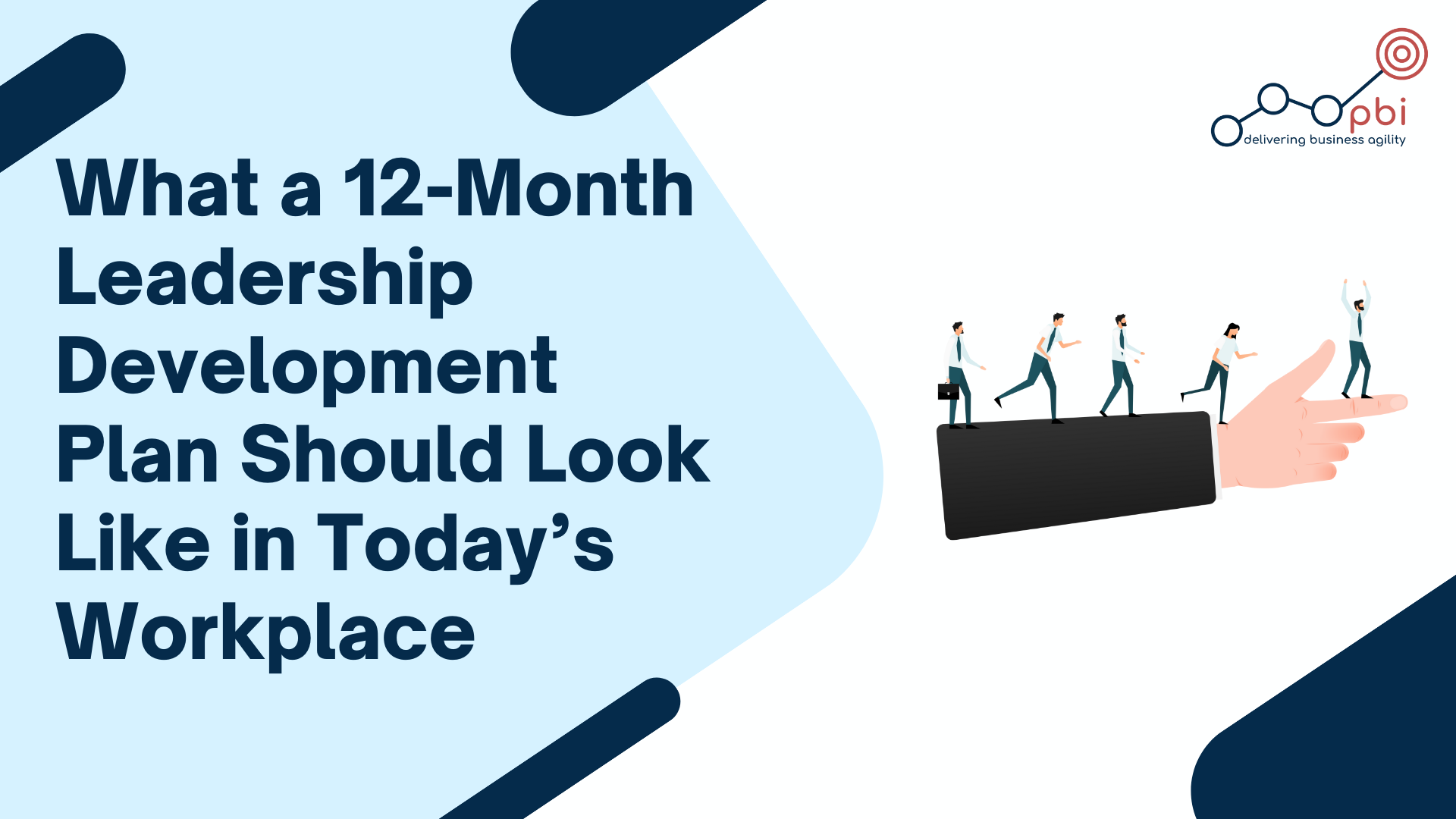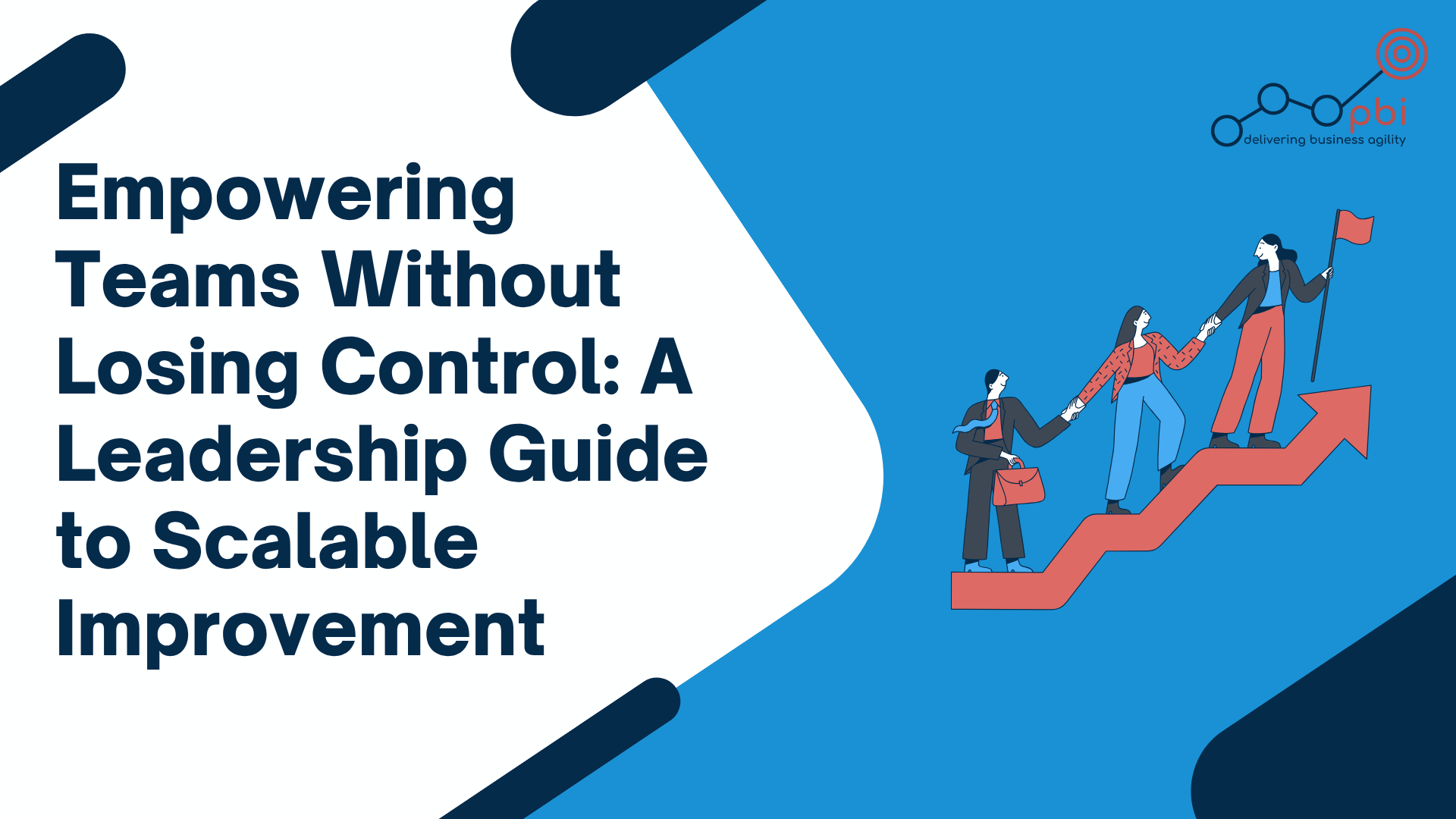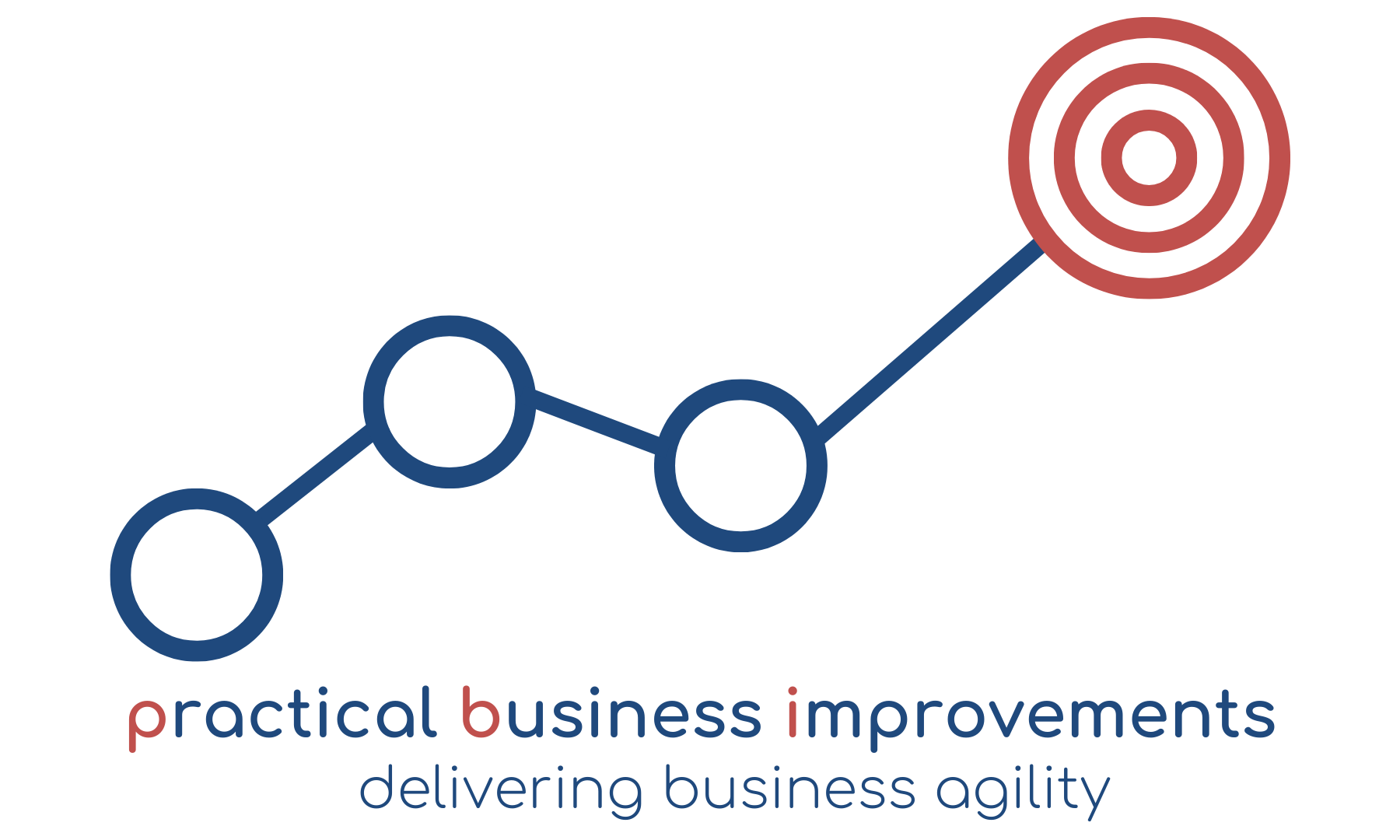Top 5 Challenges Slowing Down Agile Transformation - And How to Overcome Them
Agile transformation has become a priority for organisations in 2025 as they look to deliver value faster, improve collaboration, and remain competitive in rapidly changing markets. However, the journey is rarely straightforward. Many businesses encounter agile transformation challenges that slow progress, create frustration, and sometimes stall change altogether.
Here we explore the five most common barriers, with a focus on how leadership Sponsorship can make the difference between success and failure, supported by real case studies from PBI’s work across multiple industries.
1. Resistance to Change Across Teams
The most persistent challenge in any agile transformation is cultural resistance. People are naturally cautious about change, particularly if they are comfortable with established processes. This can manifest as reluctance to participate in agile ceremonies, a preference for old reporting methods, or quiet scepticism towards new ways of working.
How to overcome it: Clear and consistent communication is key. Leaders must set expectations early, involve teams in shaping change, and provide targeted agile change management support. When people understand the “why” behind transformation, resistance is reduced and engagement increases.
Case in point: In our North Sea Asset Campaign - Energy Industry Sector, we worked with offshore teams to introduce new operating rhythms and reporting standards. By building trust through face-to-face engagement and involving teams in designing the changes, we reduced downtime and achieved a significant uplift in operational alignment.
2. Lack of Leadership Sponsorship and Vision
Strong Sponsorship is essential for any successful agile transformation. Sponsorship is not simply giving approval - it is active involvement from senior leaders in driving the transformation message, making time to engage in key agile events, and visibly supporting teams.
Without Sponsorship, transformation efforts lack credibility, and teams can become confused about priorities. Leaders should reinforce the transformation vision at every opportunity, creating alignment from the boardroom to the front line.
How to overcome it: Appoint executive Sponsors for each major agile initiative, ensuring they champion the change internally and externally. Link transformation goals directly to business strategy so that the vision feels relevant and urgent.
Case in point: In the Finance Deployment project, leadership sponsorship played a decisive role in rolling out new financial processes across multiple geographies. Regular visibility from senior leaders kept teams engaged, while clear alignment to organisational priorities ensured consistent adoption.
3. Inconsistent Agile Practices Across Teams Due to Weak Sponsorship
When different teams apply agile principles in different ways, collaboration breaks down. A lack of Sponsorship often leads to this inconsistency, as there is no central authority reinforcing the agreed frameworks and practices.
Inconsistency results in duplicated work, delays in handovers, and missed opportunities to improve efficiency.
How to overcome it: Sponsors should ensure all teams follow the same agile governance framework, with clear definitions of roles, processes, and reporting. Consistency enables seamless collaboration across departments and makes scaling agile far easier.
Case in point: Our BP Purchase to Pay programme involved aligning procurement and finance teams across global business units. By standardising workflows and embedding a single governance structure, we eliminated process duplication and improved efficiency at scale.
4. Focusing on Tools Instead of Mindset
Many organisations make the mistake of equating “going agile” with purchasing agile software tools. While tools can support transformation, they cannot replace the agile mindset - collaboration, adaptability, and a focus on delivering value.
Over-reliance on tools without behavioural change often leads to process compliance rather than genuine agility.
How to overcome it: Invest in agile coaching to embed behaviours alongside process adoption. Focus on continuous improvement and empower teams to make decisions that align with business priorities.
Case in point: In the Automotive Manufacturing - Lean Deployment, we showed how embedding lean problem-solving behaviours before tool deployment created a culture that embraced new systems naturally. This shift in mindset ensured that the tools enhanced, rather than dictated, ways of working.
5. Lack of Measurable Outcomes
Without clear measures of success, it’s hard to know whether agile transformation is delivering value. Too many organisations focus on activity-based metrics (e.g. number of sprints completed) rather than outcome-based measures (e.g. improved customer satisfaction, reduced lead time).
How to overcome it: Define agile transformation KPIs early, linked directly to strategic business outcomes. Monitor progress regularly and adapt your approach based on results.
Case in point: Our Warehousing Programme introduced measurable performance metrics into warehouse operations, improving order accuracy and reducing fulfilment time by over 20%. This outcome-driven approach mirrors the same principle needed in agile transformations - measuring results that directly impact business performance.
How PBI Helps Overcome Agile Transformation Challenges
At PBI, we work with organisations to remove these barriers by:
- Coaching leaders to become effective Sponsors of agile transformation
- Conducting agile maturity assessments to pinpoint improvement opportunities
- Aligning teams under a consistent agile governance framework
- Embedding a mindset of continuous improvement across the business
Whether your organisation is just beginning its agile journey or looking to re-energise stalled efforts, our cross-industry experience ensures your transformation delivers measurable, lasting results.
